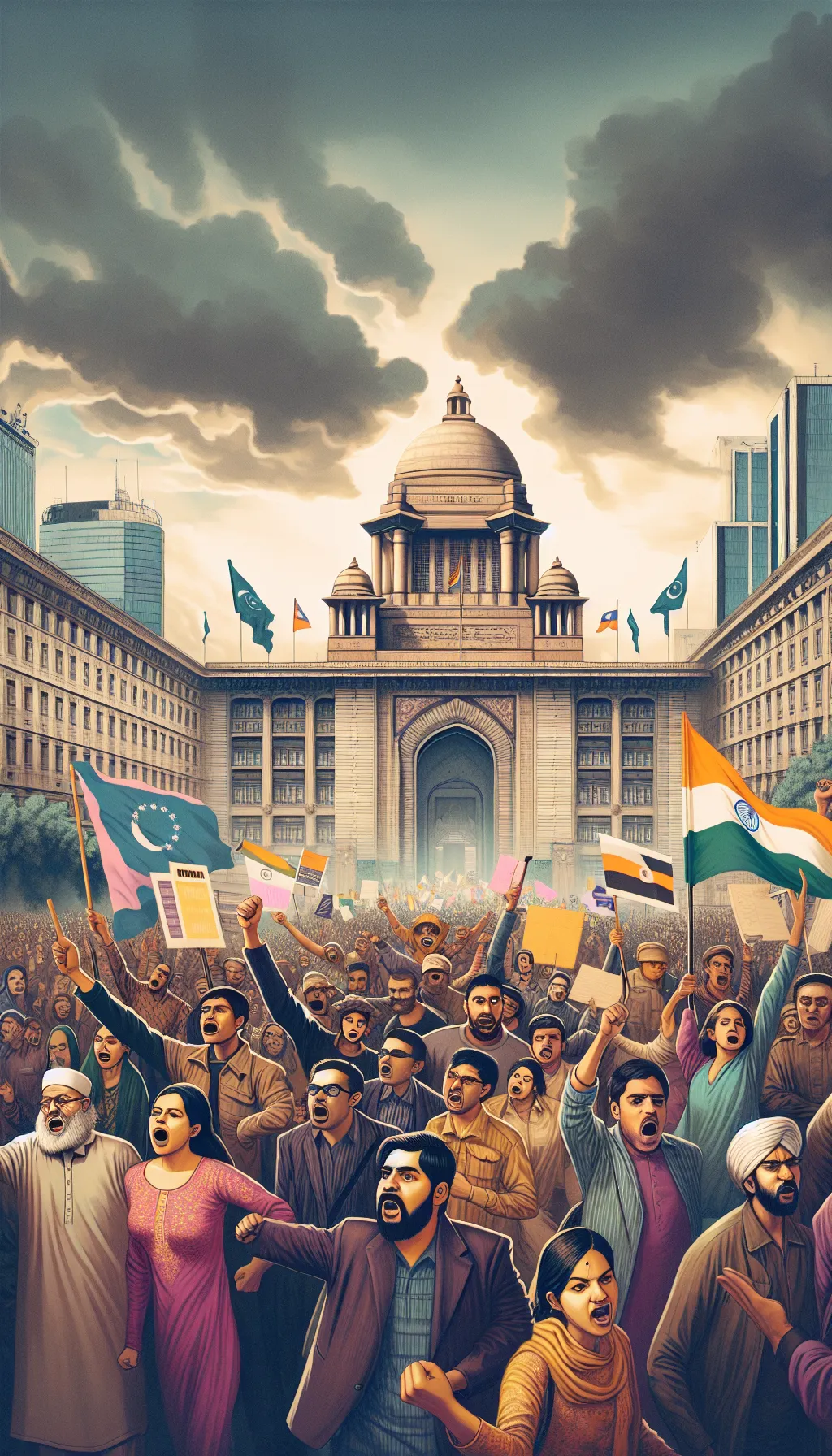Indonesia – The Fall of a Dictator: Suharto's Resignation - 1998
TLDR;
- Event: On May 21, 1998, Suharto resigned after 31 years of authoritarian rule in Indonesia, following massive protests and the Asian financial crisis.
- Causes: Economic collapse, widespread corruption, and political repression fueled public anger, leading to nationwide protests.
- Key Players: The military, including General Wiranto, played a crucial role in advising Suharto to step down peacefully.
- Aftermath: Suharto’s resignation marked the start of the Reformasi era, initiating Indonesia’s slow transition to democracy, though challenges from the old regime persisted.
–
Story
The air in Jakarta was thick with tension and the scent of change. On May 21, 1998, the streets were alive with the voices of thousands, demanding an end to decades of authoritarian rule. Inside the presidential palace, Suharto, the man who had ruled Indonesia with an iron fist for 31 years, was about to make a decision that would alter the course of the nation.

The Asian financial crisis of 1997 had hit Indonesia hard, plunging the country into economic chaos. The currency collapsed, prices soared, and unemployment skyrocketed. The people, once subdued by Suharto’s New Order regime, found their voice amidst the turmoil, fueled not just by the economic crisis but by long-standing grievances against corruption, cronyism, and political repression. Protests erupted across the nation, fueled by anger and desperation.
Suharto, once seen as the unshakeable leader, found himself increasingly isolated. His closest allies began to distance themselves, and the military, his traditional power base, showed signs of wavering loyalty. Key generals, including Wiranto, played a mediating role, ultimately advising him to step down rather than forcibly removing him. The military’s stance was cautious, reflecting a complex interplay of loyalty and pragmatism.
The turning point came when students, the vanguard of the protest movement, massed outside and some entered the parliamentary compound, symbolizing the people’s demand for change. Their presence was a powerful statement, though they did not take control of the building itself.
Faced with mounting pressure and the undeniable will of the people, Suharto read a short resignation statement in the presidential palace, flanked by officials, in a formal and subdued manner. The event was broadcast live, marking the end of his 31-year rule. It was a moment of catharsis for a nation long oppressed. The New Order had fallen, and the Reformasi era began, promising democracy and reform. However, the transition was gradual, with elements of the old regime persisting and democratic reforms taking years to solidify.
Suharto’s resignation was not just the end of a regime; it was the beginning of a complex and ongoing journey toward democracy for Indonesia, one that continues to shape its path today.
–
| Would a different approach by Suharto have changed the course of Indonesian history? |